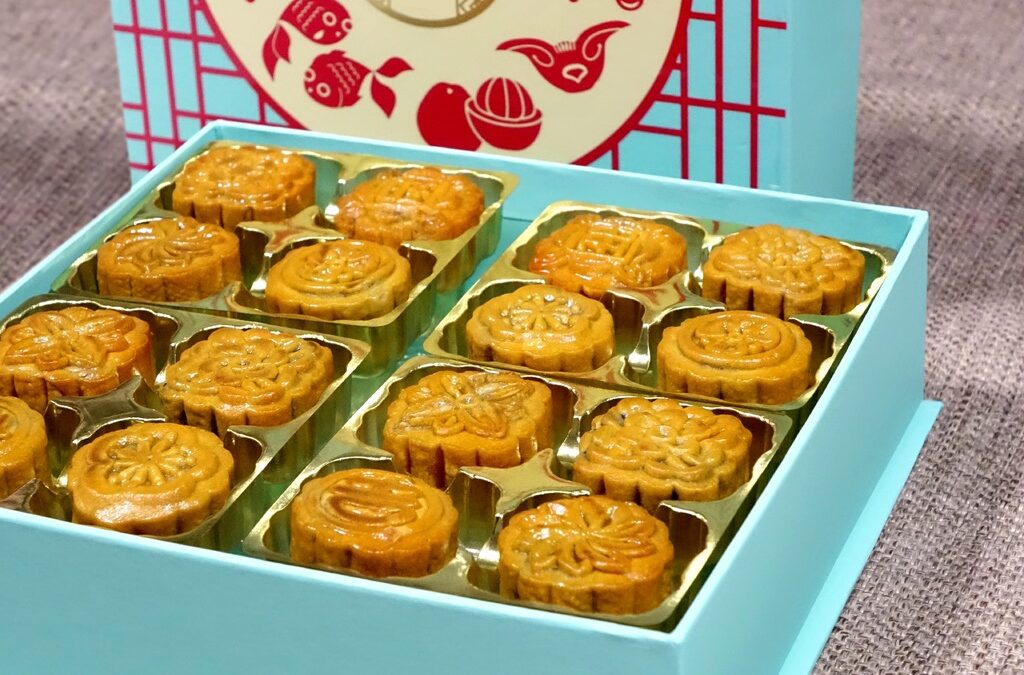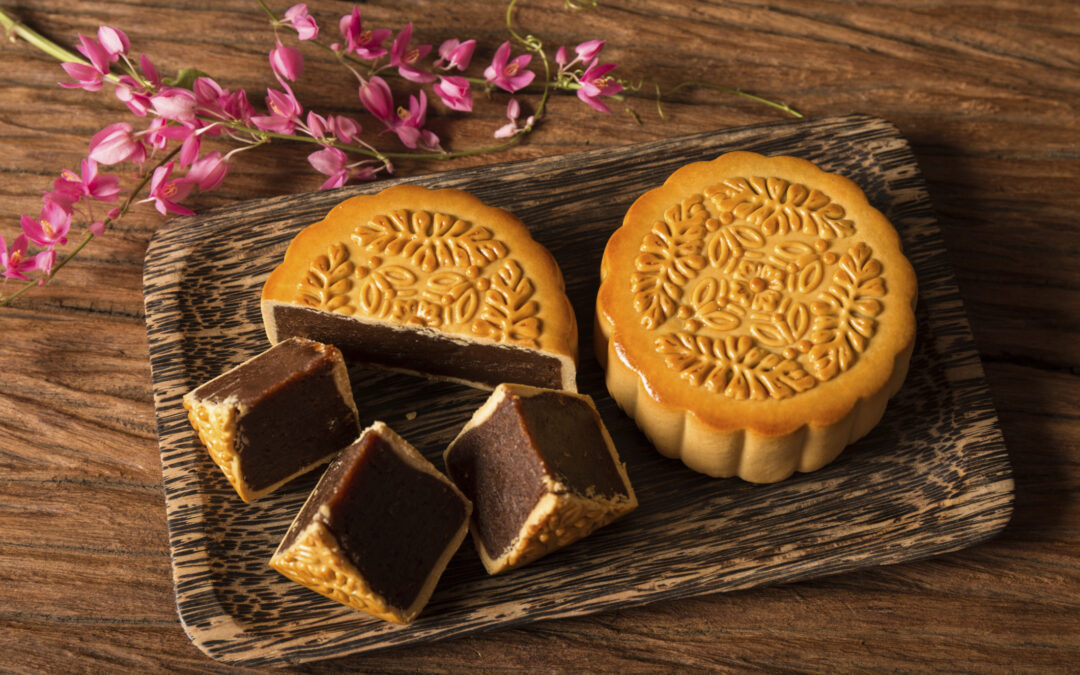
History of South Korea’s moon cakes
The mid-autumn festival in South Korea.
In the last blog, we talked about the mid-autumn festival in china, but now, we are going to talk about the same celebration in a different country. Usually, people believe that this festival is exclusive to china but, in actuality, it is celebrated in other countries such as Vietnam, Japan, and South Korea.
How does South Korea celebrate this festival and what does it mean to them?
For South Koreans, the mid-autumn festival has a completely different meaning than for Chinese people. They celebrate this day expressing gratitude for a good harvest; it is celebrated during the eighth lunar month. The mid-autumn festival is more important and consists of several more rituals compared to the spring festival. For three days, they do not go to school or work. The city is so empty that it is impossible to even get a meal at a restaurant, although supermarkets remain open. Every one spends these days with their families.
How is it celebrated at home? Families gather and relatives visit from all over the country, but the celebrations is not just chatting and eating the delicious treats they make days in advanced. Once every one is in the living room, they stand before their ancestor’s altar, where they previously place incense, food and beverages, then the eldest son pays respect to their dead relatives, they open the door as to invite them in to enjoy the feast. They dance together, and cherish the moon. Women and children wear traditional clothing and go out to the yard to play trampoline games. Before the gathering ends, they exchange presents. For example, elders gift red envelopes to the young.
We would all love to receive a red envelope during the festivities while we enjoy our family’s company and their delicious food.
As we have done in previous texts, we will keep on talking about the mid-autumn festival throughout Asia and, this time it is Japan’s turn.
Its name in Japanese is Tsukimi or Otsukimi, which we can translate as “lunar observation”. It was introduce to japan over 1000 years ago. It is a part of their Shinto beliefs and it takes place in the eighth month of the lunisolar calendar (specifically on the fifteenth, which translated to our calendar this year would be September 21st).
It started as a way to thank the lunar god for a good harvest since, during this time of the year, it is easy to observe it clearly on the night sky. Legend says that on that day, it is possible to make out the shape of the rabbit that lives on the moon.
During the celebration, they wear traditional clothes, decorate their houses with pampas grass for good luck and as an offering for the moon god. They even offer part of the harvest, taro and tsukimi dangos, on small terraces. Tsukimi dangos can be arranged in piles 12 or 15 as a representation of either the days of celebration or the months of the year.
Many families visit graveyards and sanctuaries as an important part of the celebration. Wearing traditional kimonos, they go as a family to offer incense and participate in dances and parades.
Without a question, this date is still very much present in many Japanese homes and, it is seized as a day in which spend time with their families, enjoy delicious food and appreciate the marvelous nature.

